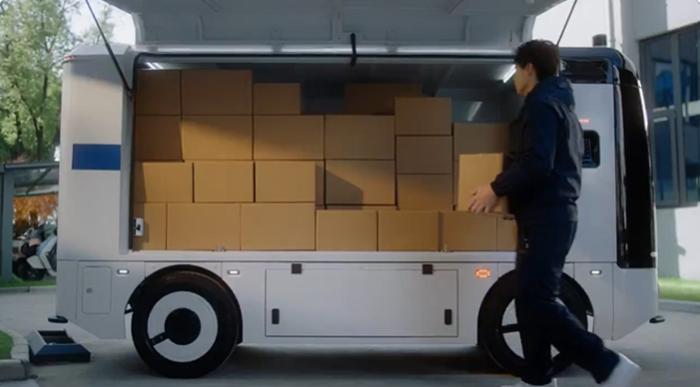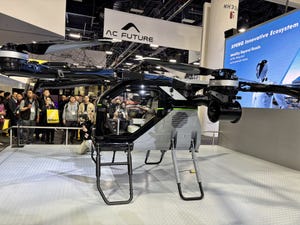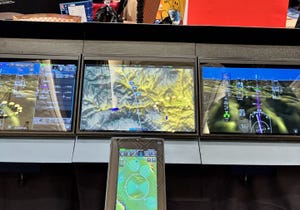Autonomous Vehicle Technology Boosts Power Line Performance
LineVision system could unlock 0.6 GW of additional capacity per year

Utility company National Grid is testing sensor technology developed for self-driving vehicles to increase the power-carrying capacity of overhead power cables in the U.S. and U.K.
The LineVision system integrates the same lidar technology used in vehicle collision avoidance systems into its dynamic line ratings platform. It measures how much electricity cables sag due to environmental conditions, which affects how much power that line can carry.
Under the wrong conditions, if too much power is transmitted down a line it can warm, sag and snap. By detecting exactly how much the lines sag, the lidar can determine the temperature of the conductor and operators can push as much as 40% more power down the line.
According to LineVision, the technology could unlock 0.6GW of additional capacity per year, enough to power more than 500,000 homes and save $1.8 million in network operating costs.
LineVision showcased its technology at a recent innovation open day held by National Grid Partners (NGP), the innovation arm of National Grid.
Importantly, LineVision’s system is installed relatively low on the legs of electricity transmission towers, meaning it is a safe distance from live power lines and requires no downtime to install.
“I've worked in this industry for 30 years now, and finding things that are cheap to deploy and deliver five to 10x payback and don’t require outages on your system is rare,” said National Grid Partners president Steve Smith.
“That's what kills us whenever somebody invents something new. You've got to take everything down for a week or a month to install it. That has a high cost and a high risk. We’ve got videos of engineers installing these on our towers while they’re in operation at 40,000 volts because there’s sufficient clearance.”
National Grid has installed the system on three lines in the U.K. and recently fitted one on a major transmission line in upstate New York.
The company plans to work out how best to use the data it captures as it currently only responds to measurements manually. A future system could automatically adjust the power transmitted to the optimum amount for the environmental conditions.
However, it is already making a positive impression.
“Arthur C. Clarke said, ‘Any sufficiently advanced technology is indistinguishable from magic.’ LineVision is the closest I've seen to magic in our industry,” Smith concluded.
About the Author
You May Also Like
.png?width=100&auto=webp&quality=80&disable=upscale)
.png?width=400&auto=webp&quality=80&disable=upscale)






